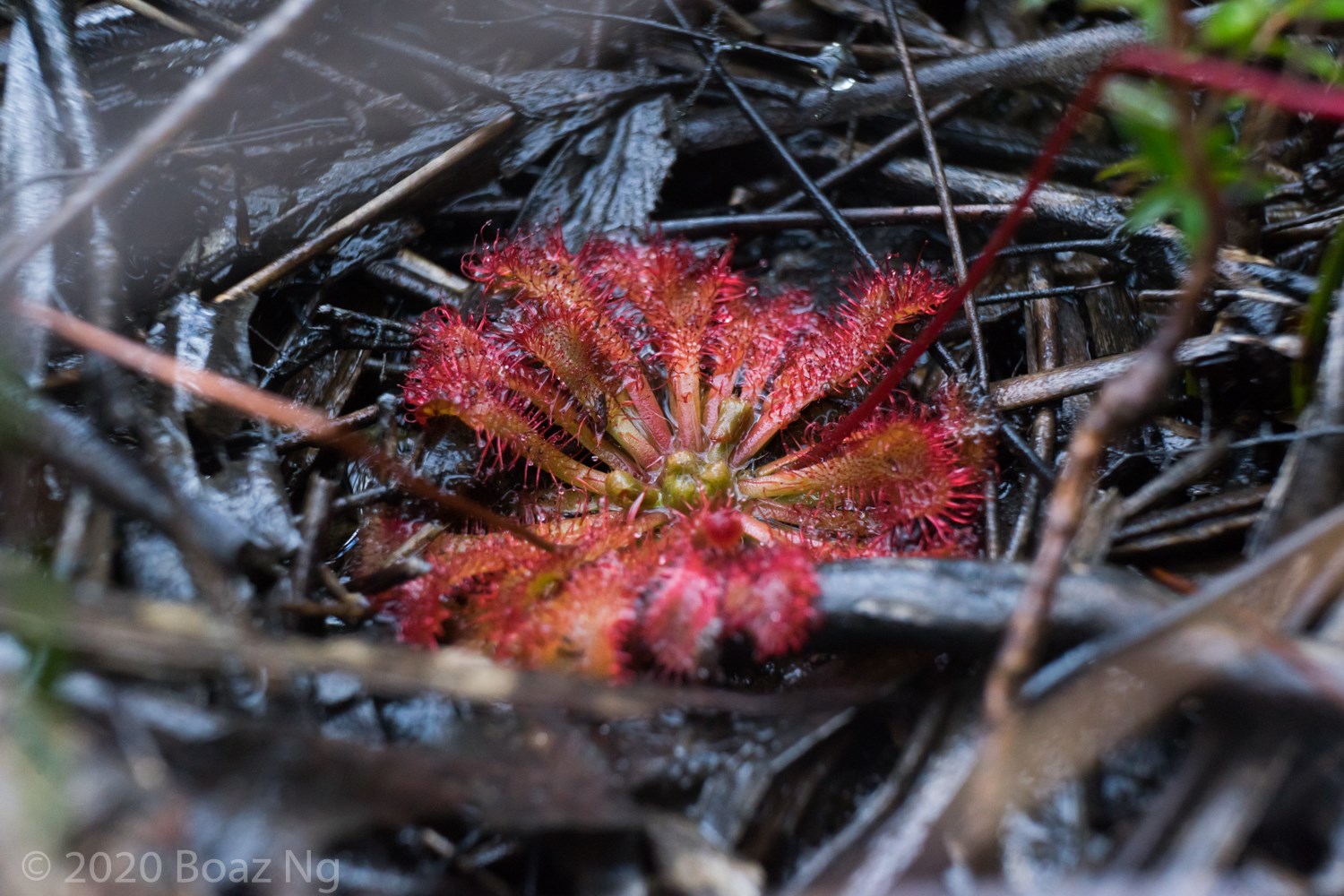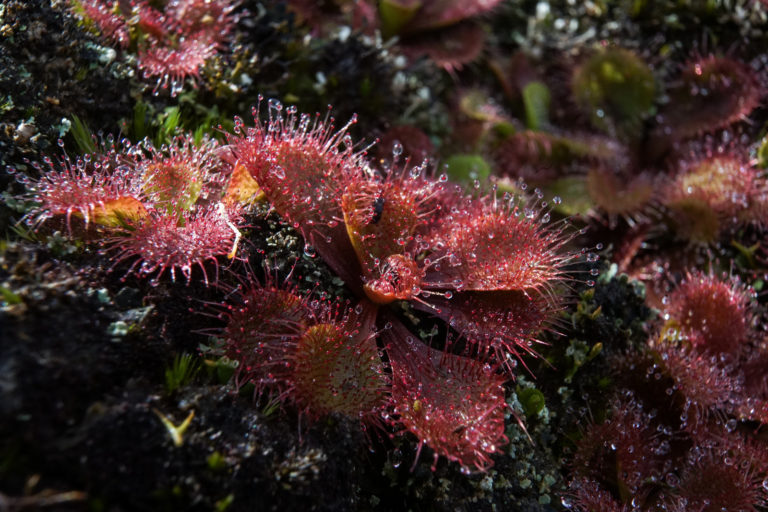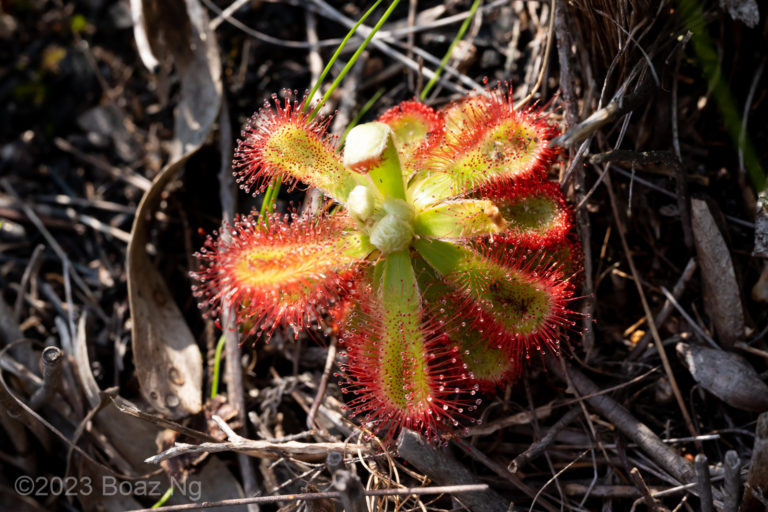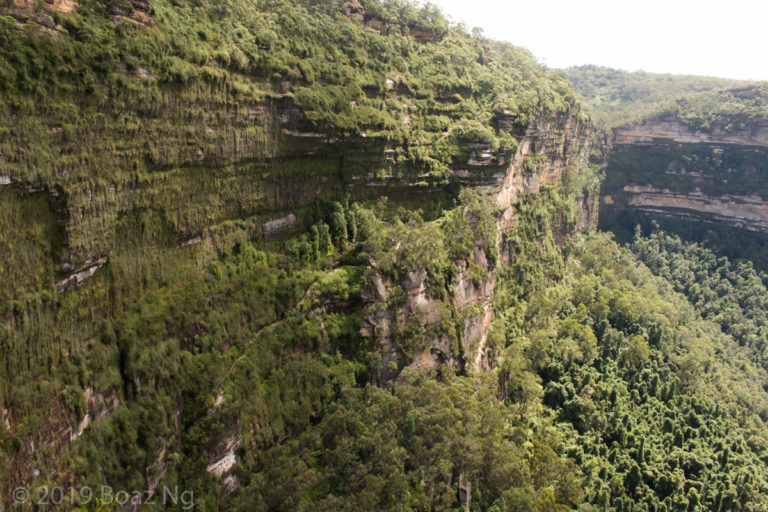The middle of winter is a wonderful time to find Drosera in southern Victoria. In a single day, I was able to locate 9 species of sundews around south east Melbourne.
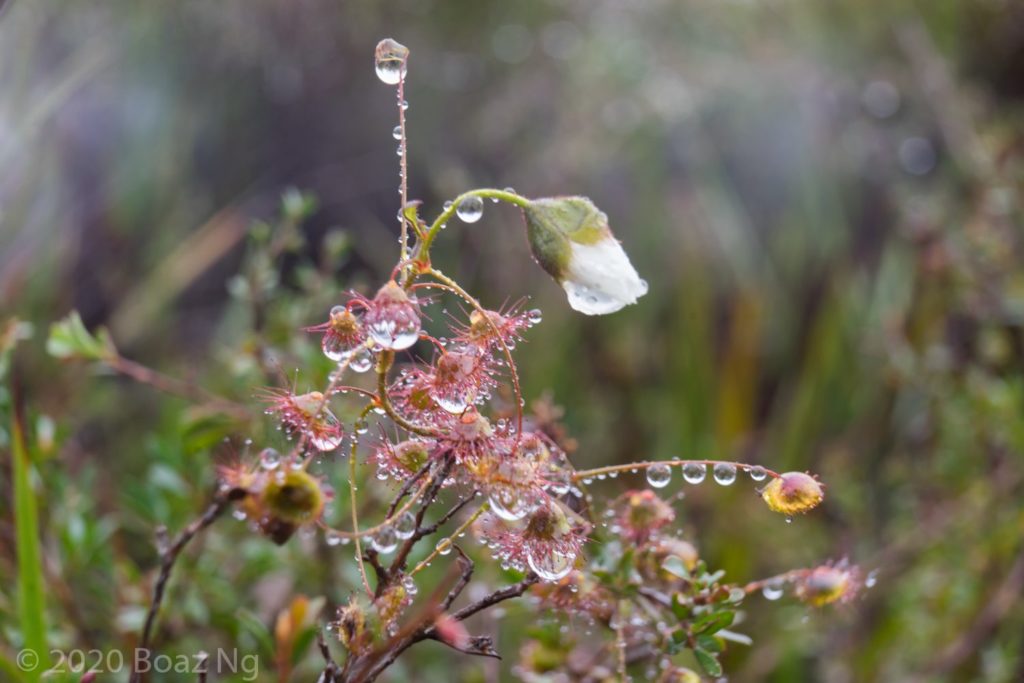
Drosera planchonii inhabits slopes in heathland. The plants were beginning to flower at this time.
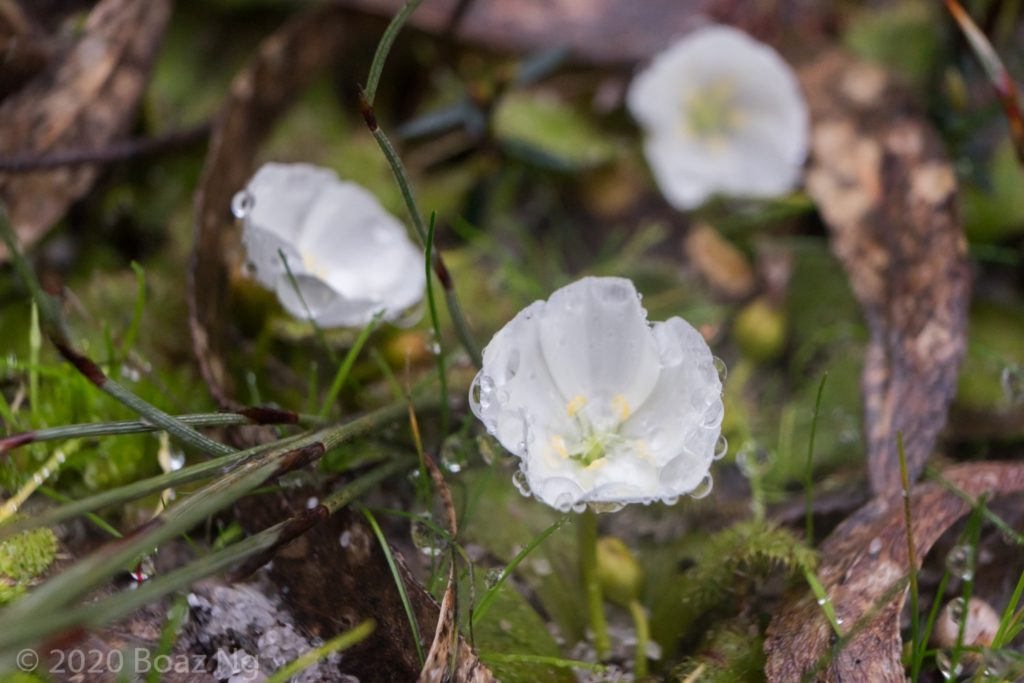
D. abberans is fairly ubiquitous wherever you find sandy peat. The plants were also beginning to flower.
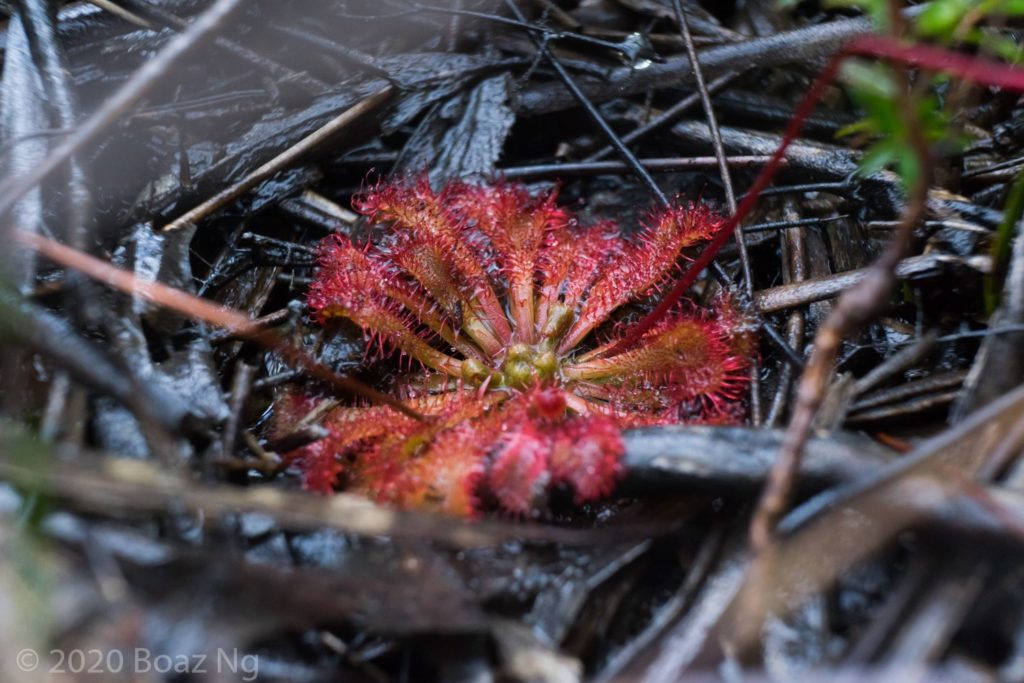
Around Melbourne, Drosera spatulata is uncommon, only growing on the margins of select swamps. This was the first plant I’ve seen in Victoria. It is typical of the lower east coast forms with large straight leaves and lamina that extends into the petiole.
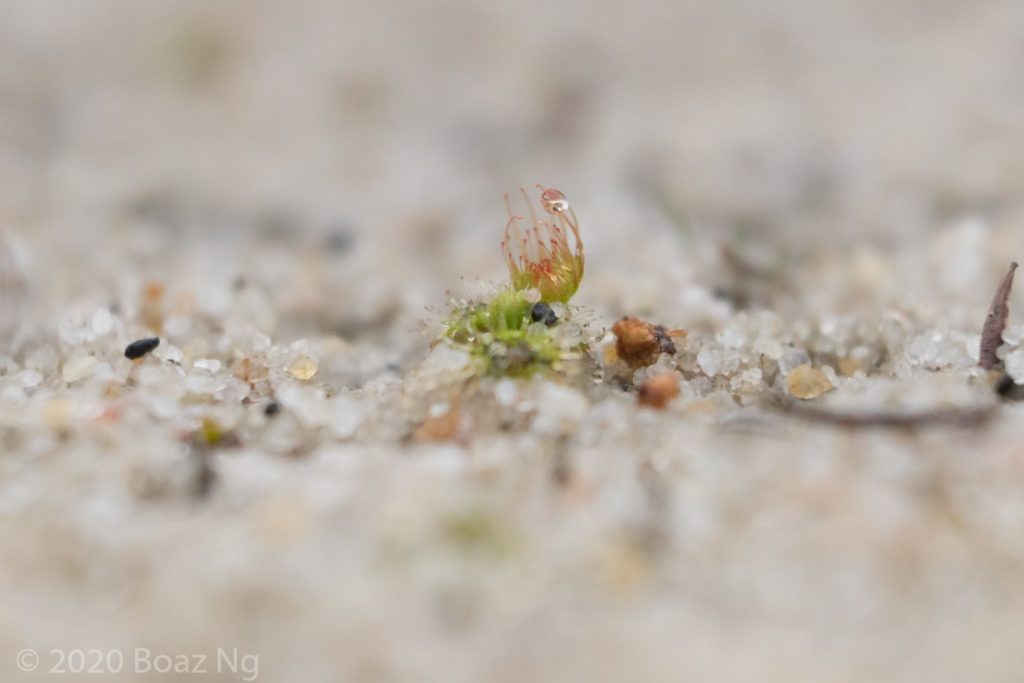
Drosera glanduligera were still in seedling phase, although this species races to maturity. By the end of the lockdown (this walk was done the weekend prior to Melbournes ‘second wave’ of COVID-19 restrictions), they would be almost flowering sized.
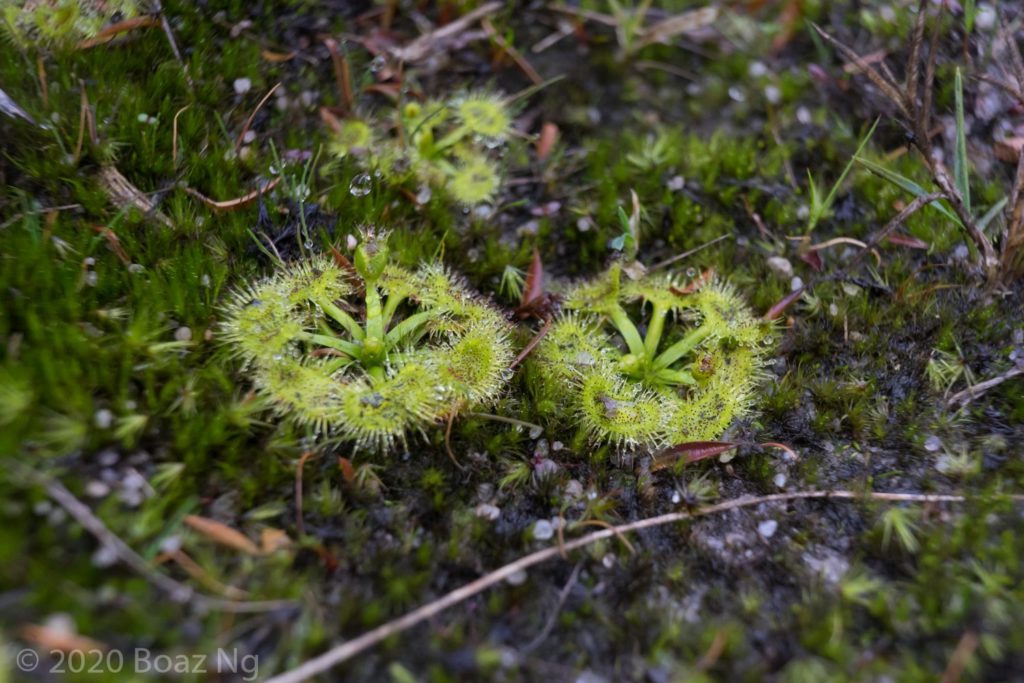
Drosera hookeri were still in rosette phase. Plants in Melbourne seem to have an extended rosette period. It will be interesting to see if they have started forming stems in the coming weeks. The species mostly inhabits moss, especially next to winter-wet soil.
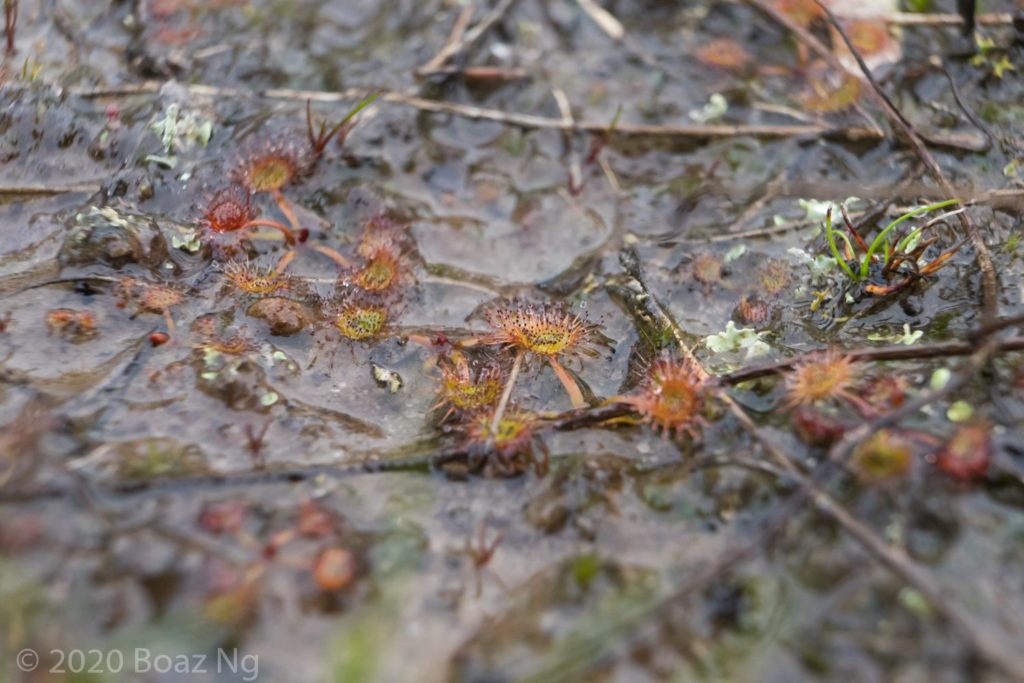
Likewise, Drosera gunniana were still rosetted. At this site, the species grows adjacent to D. hookeri, with a slight preference for loam over moss (although this is not always the case).
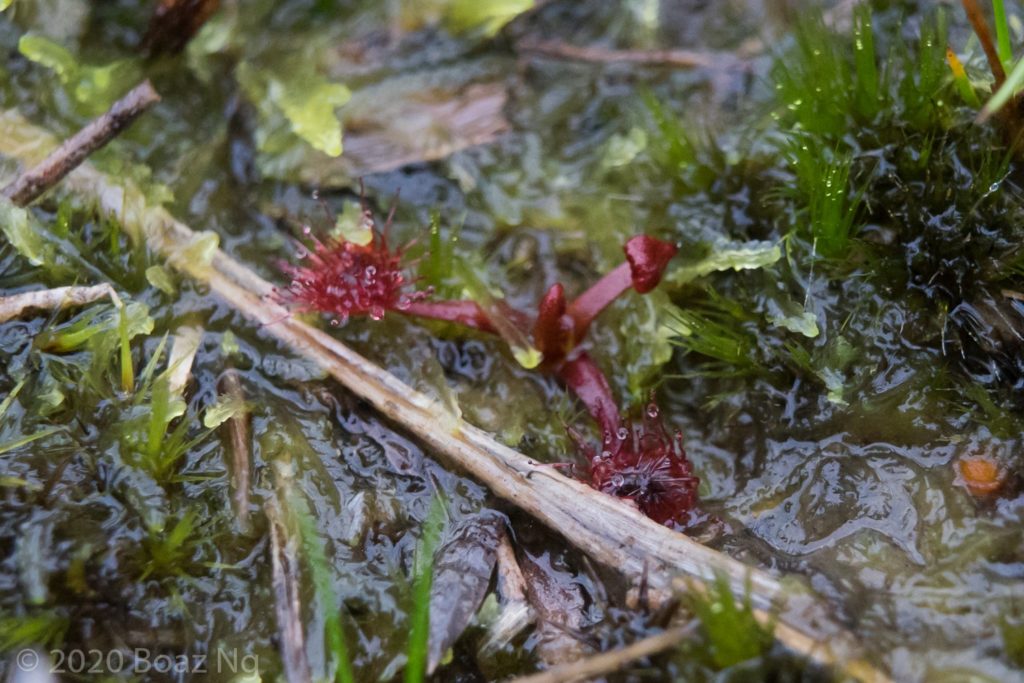
Drosera gracilis was also another new find for the region. This somewhat dubious species is distinguished from others in the peltata complex by its slender morphology, deep red colouration and hooked seed. The species had only just emerged from dormancy. This is one of the more confusing species in the complex for me and I’m excited to see these plants grow into spring.
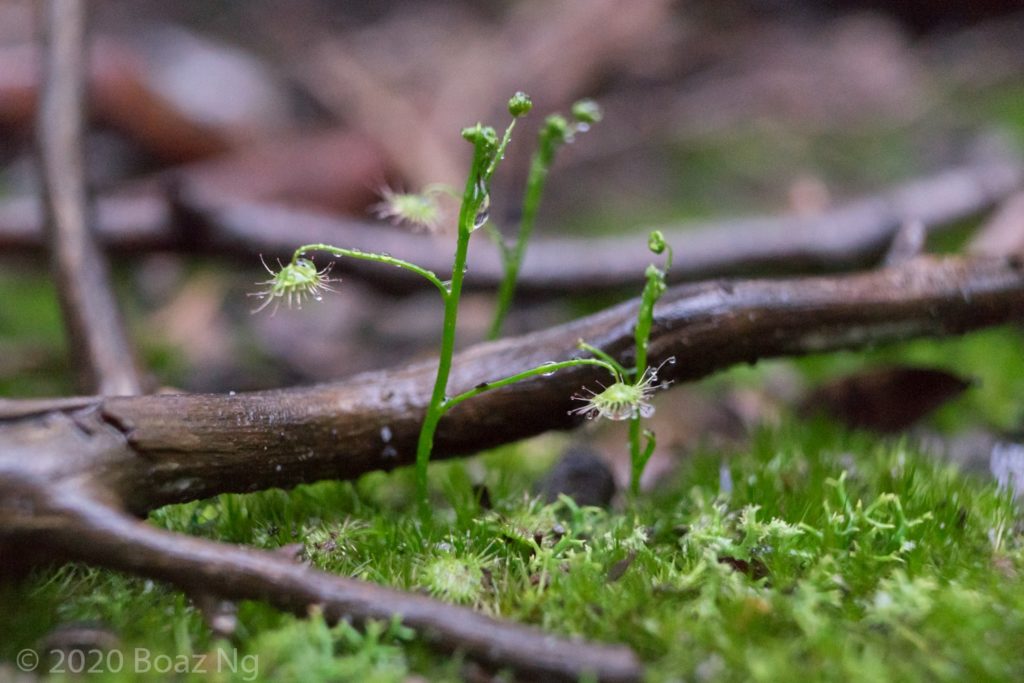
D. auriculata could be found growing in woodland. It stems earlier than other species in the complex.
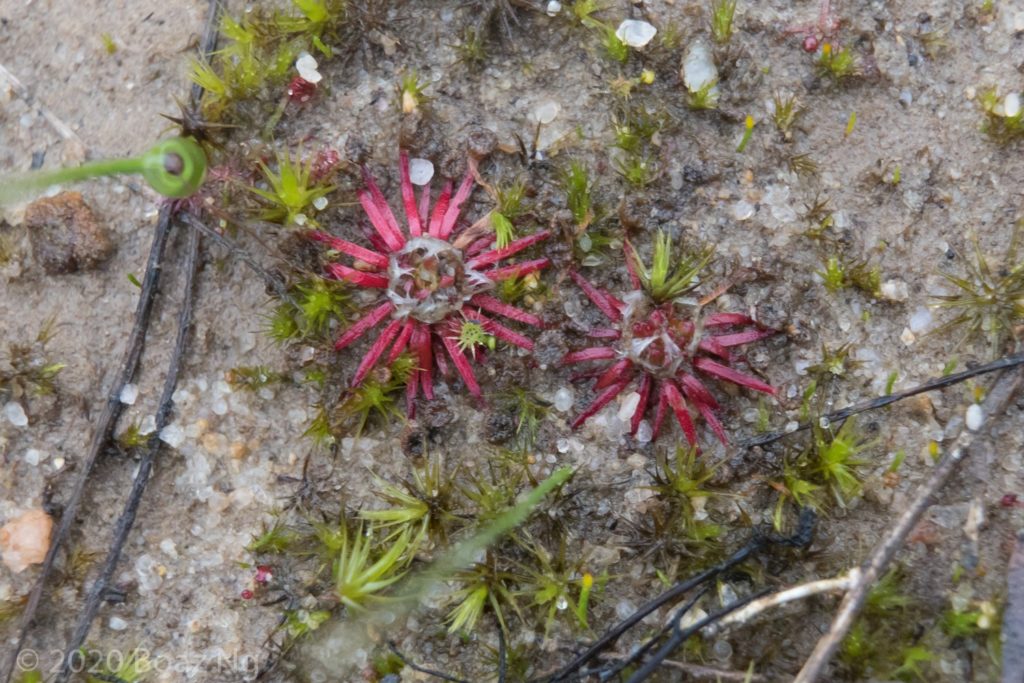
Drosera pygmaea grows in exposed sandy niches. The plants seem to have finished gemmae production and are producing a new flush of leaves. Hopefully they look less scrappy next time I visit!

